
If you're as much a fan of original cast recordings as I am, you might find yourself inexplicably humming or singing tunes to yourself (or even out loud) with no rhyme or reason as to why it's in your head. Yesterday, I had Sheldon Harnick and Jerry Bock's magical score to The Apple Tree floating through my brain — which makes today as good a reason as any to report on the history of this one-of-a-kind musical from 1966, a year before I saw my first Broadway show.
It starred the ace casting of Alan Alda (in his one and only Broadway musical), Larry Blyden (veteran by then and a Broadway stalwart) and Barbara Harris, an inspired comedic actress at the height of her powers. What truly set it apart was its unique three-act structure. Yes, in the early days of the Broadway musical, many were performed in three acts with two intermissions, but that's not what distinguishes The Apple Tree from all others. Here, its producer, Stuart Ostrow, explains how it came about in his 2006 autobiography, Present at the Creation:
"After writing Fiddler on the Roof, Jerry Bock and Sheldon Harnick were studying the short story form as the basis for their next musical when I called and asked if they would be interested in creating an evening of three musicals connected to a common theme. Coincidence? I think not. Theatre never invents new ideas, it acts in response to what is already in the air, and my assumption was television had reduced the audience's attention span to half-hour programming, so why not dramatize one acts on stage without commercial interruption? We began immediately."
And not for nothing, though perhaps with tongue planted firmly in cheek, Ostrow also said of the idea that since "so many musicals had second-act trouble, I thought if we just did one-act musicals, we’d eliminate that problem.” (It didn't, as among The Apple Tree's three stories, it is generally considered that the second one is the weakest).

Under the guidance of Jerome Robbins, the most in-demand director/choreographer of musicals in his day, many stories were considered, most written by major authors known so well that no first names are necessary: Chekhov, Dickens, de Maupassant, Hawthorne, Poe... the list goes on. What the team was looking for, according to Ostrow, "was to find three stories that would coalesce into a theatrical unity." To that end, a title was conceived called Come Back, Go Away, I Love You, in which the vicissitudes of romance would serve as the common thread. Another idea was to somehow tell the stories backwards in time, a notion settled upon when Bock and Harnick fell in love with Mark Twain's "The Diary of Adam and Eve." How delightful to end the evening with the story of the very first couple to speak to the universality of love? However, that idea went out the window when it was discovered that Adam and Eve was the best and strongest of the three stories and decided to make it the first in order to kick off the show (beautifully, as it turned out). And thus, a new title, The Apple Tree, was conceived.

The story that wound up playing the second act was based on a fable written in 1882 called "The Lady or the Tiger" by Frank R. Stockton (not a writer only known by his first name). Sticking closely to the source, Bock and Harnick musicalized the tale of a man faced with choosing one of two doors after being convicted of unrightfully romancing the daughter of a vengeful king. Behind one is a beautiful lady-in-waiting, whom the young man will have to marry (proving his innocence), while behind the other, a hungry tiger, his guilty verdict, awaits. Part of the fun is that in both the story and the musical, once the door is opened, the play abruptly ends leaving the audience in the dark.
When Robbins eventually backed out of his commitment to stage The Apple Tree (he would do that a LOT as a director), Ostrow was able to get Mike Nichols himself to come on board. Not only would it turn out to be Nichols' first musical, but an attempt at another wouldn't come for another thirty-eight years; Monty Python's Spamalot, the smash hit for which Nichols would win the sixth and seventh of his eventual eight Tonys (as director and producer). At Nichols' suggestion (read: demand) he wanted to drop an Apple Tree play by Bruce Jay Friedman and replace it with one previously worked on by Nichols and authored by his good friend Jules Feiffer. "Passionella" concerned itself with a poor chimney sweep (Harris) who yearns to become a "moooooovie" star (anyone familiar with Bock and Harnick's "I Want" song for the character will understand this reference).

All this was back in 1962 for a summer stock production that is important in the scheme of things since it marked the debut of what would become a remarkable directorial career for Nichols; a now forgotten quickie that went up with two weeks of rehearsals, four one-acts titled The World of Jules Feiffer (at that time, Feiffer was mostly known as a cartoonist). Nichols even successfully drafted another friend, Stephen Sondheim, to write what would hopefully be a couple of songs for the evening. Referencing the subject briefly in his book Look I Made a Hat, Sondheim admitted that "Ordinarily, I can write a song a week when I'm at top speed, and in those days I was at top speed, but for some reason all I could churn out was [one] song... and some underscoring." Thus, this first version of "Passionella" had a brief tryout at the Hunderton Hills Playhouse in New Jersey, only to be put back in a drawer. Interesting note: Dorothy Loudon essayed the title role, a not insignificant point when it came time many years later for Nichols to take on the producing reins of Annie and, at his suggestion (read: demand), the Miss Hannigan be replaced with Loudon, which changed the actress's entire life and career from that time forward.
With Feiffer's cooperation, Bock and Harnick polished "Passionella" into a jewell and it ended the night on a glorious up note. The Apple Tree opened to positive notices and high praise (and a much deserved Tony Award) for its leading lady, Barbara Harris that cemented her reputation as a one-of-a-kind comedic, singing actress, none of which surprisingly was enough to turn the show into a bona fide hit (it lost money after more than a year's run). Did the three-act structure alienate audiences? Did that season's bold and brilliant Cabaret suck up all the oxygen on West 44th Street (they played at adjoining theatres)? Or did Nichols ultimately fail in his first time out as director of musicals? It needed Jerome Robbins's help when he was brought back to find solutions to certain elements that were not coalescing.
The answers to those questions and more, especially on what it is about the songs that stick in my head, in Monday's part two. Please return next week.
If you enjoy these columns, check out Up in the Cheap Seats: A Historical Memoir of Broadway, available at Amazon.com in hardcover, softcover and e-book. Also, follow me here on Scrollstack and feel free to email me with comments or questions at Ron@ronfassler.org.

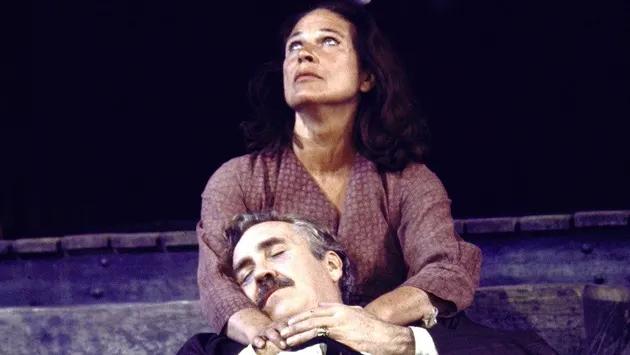
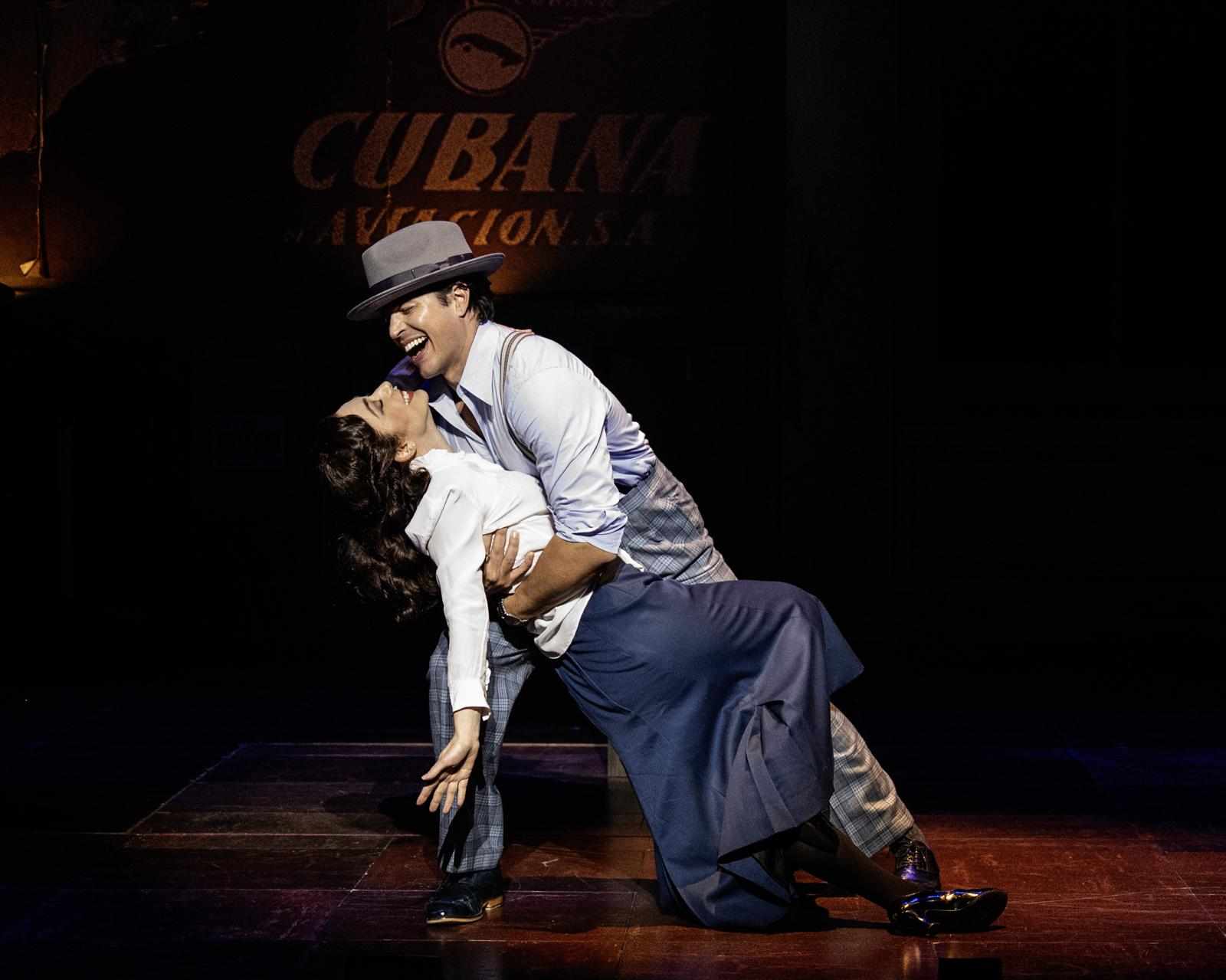
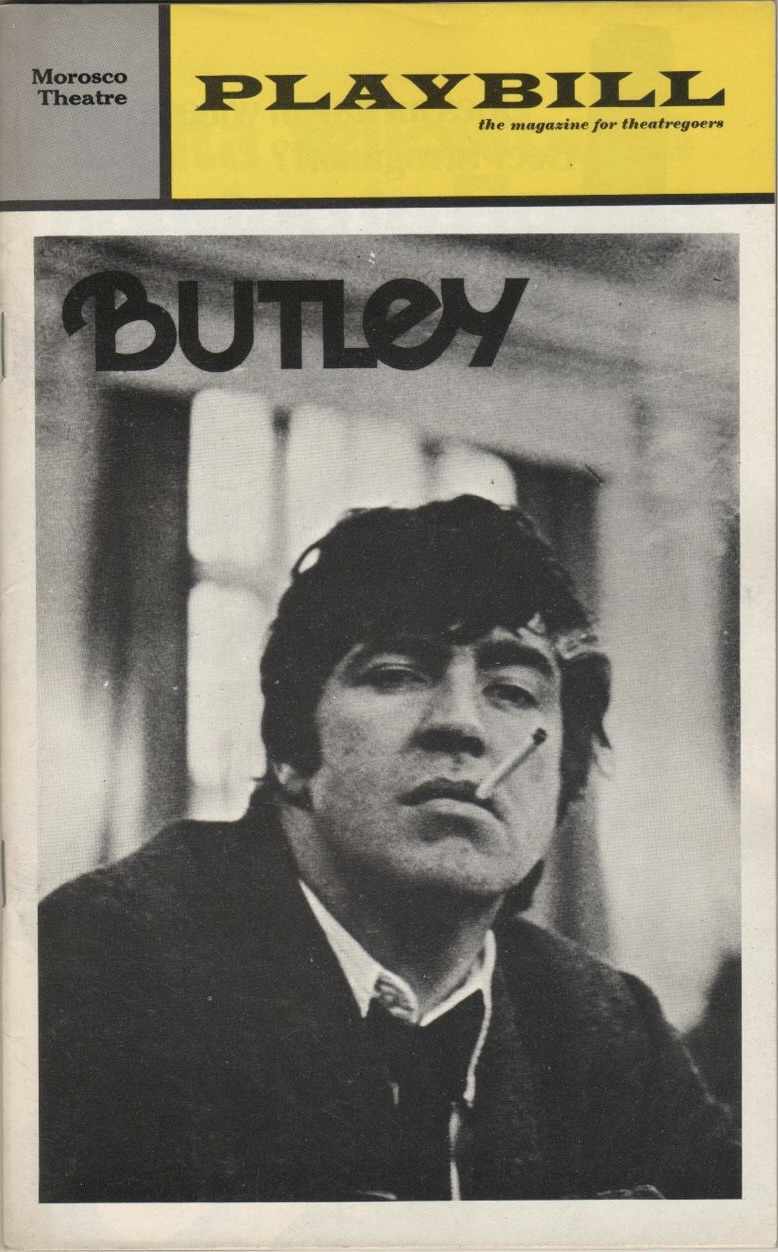
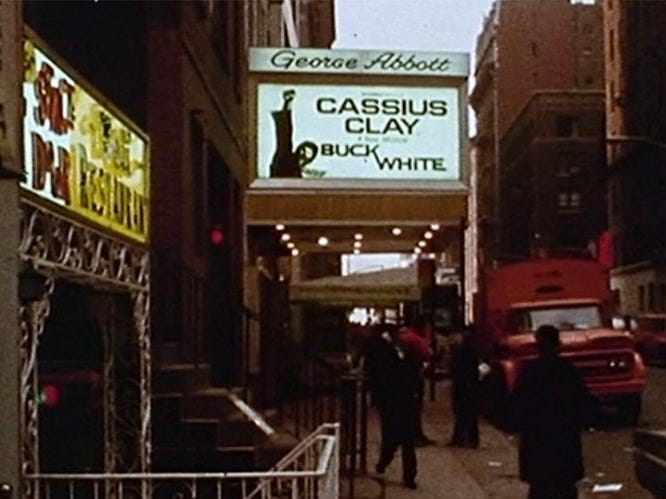

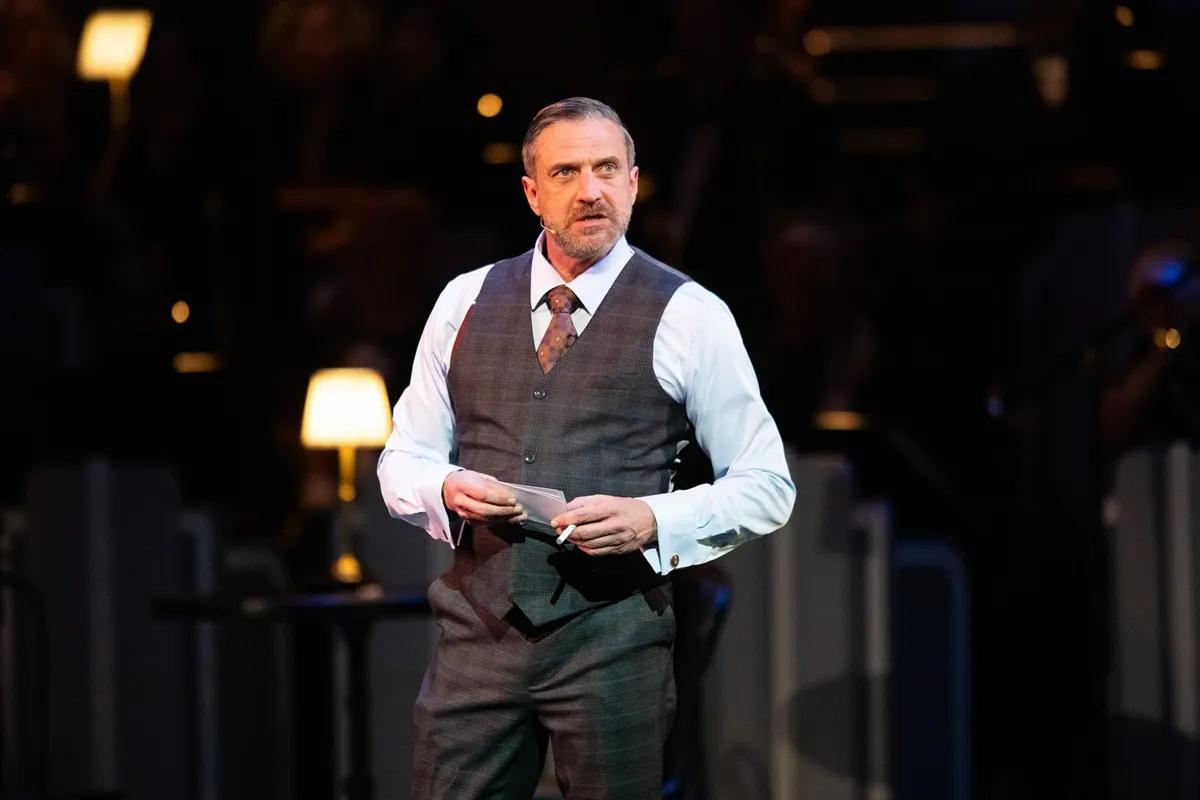

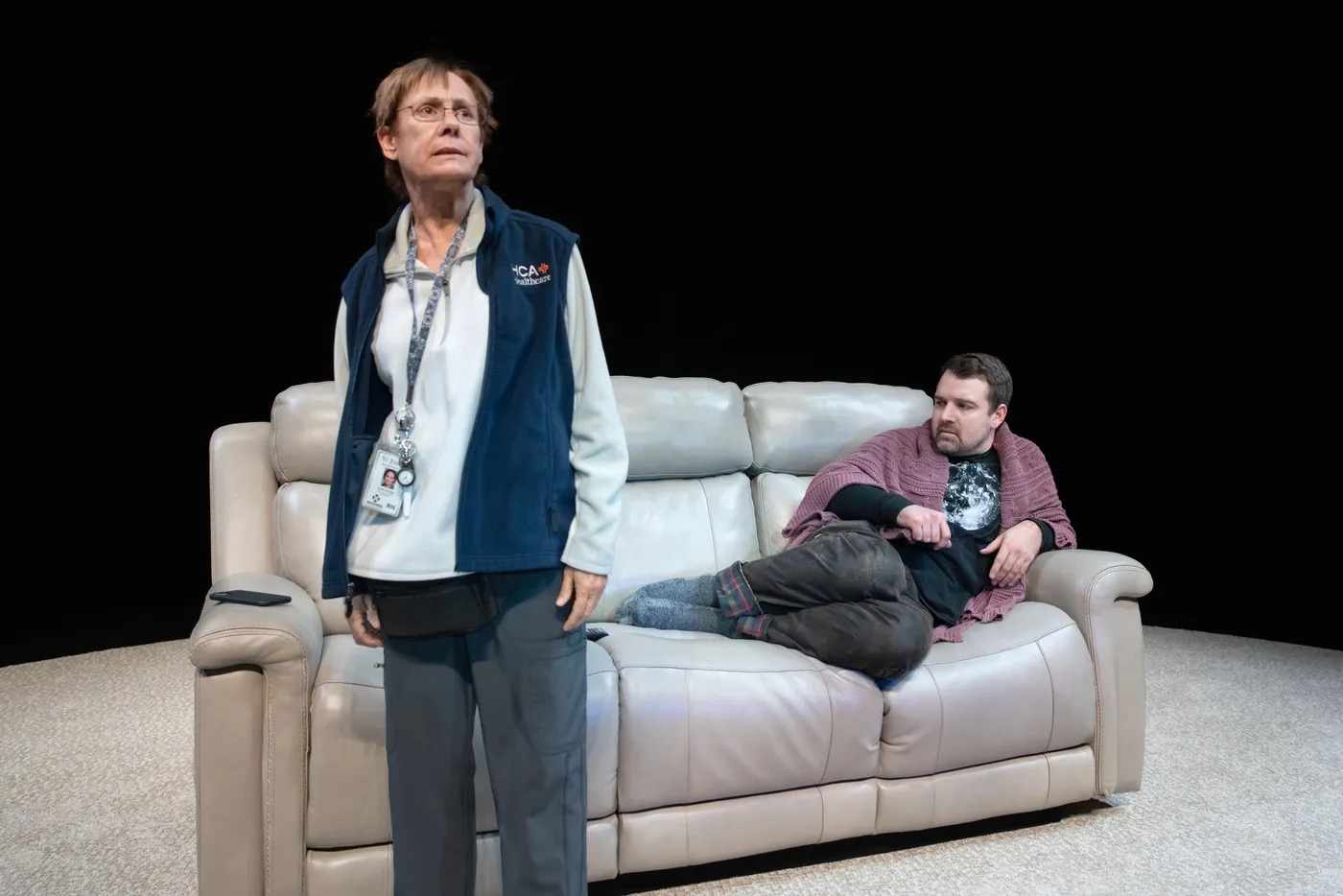


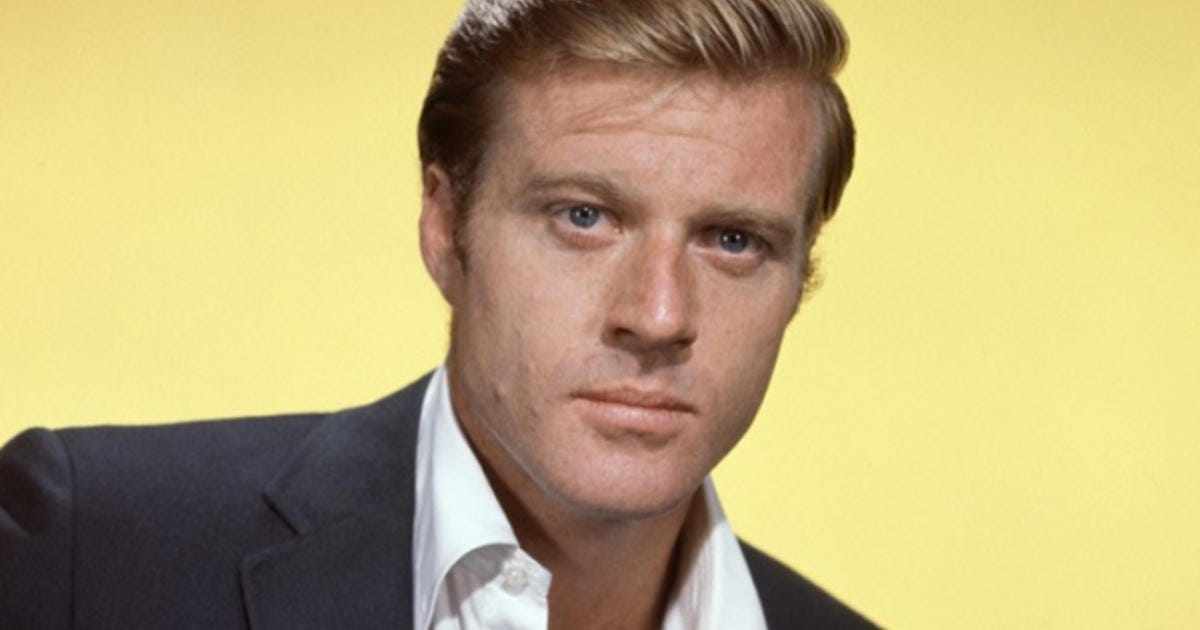
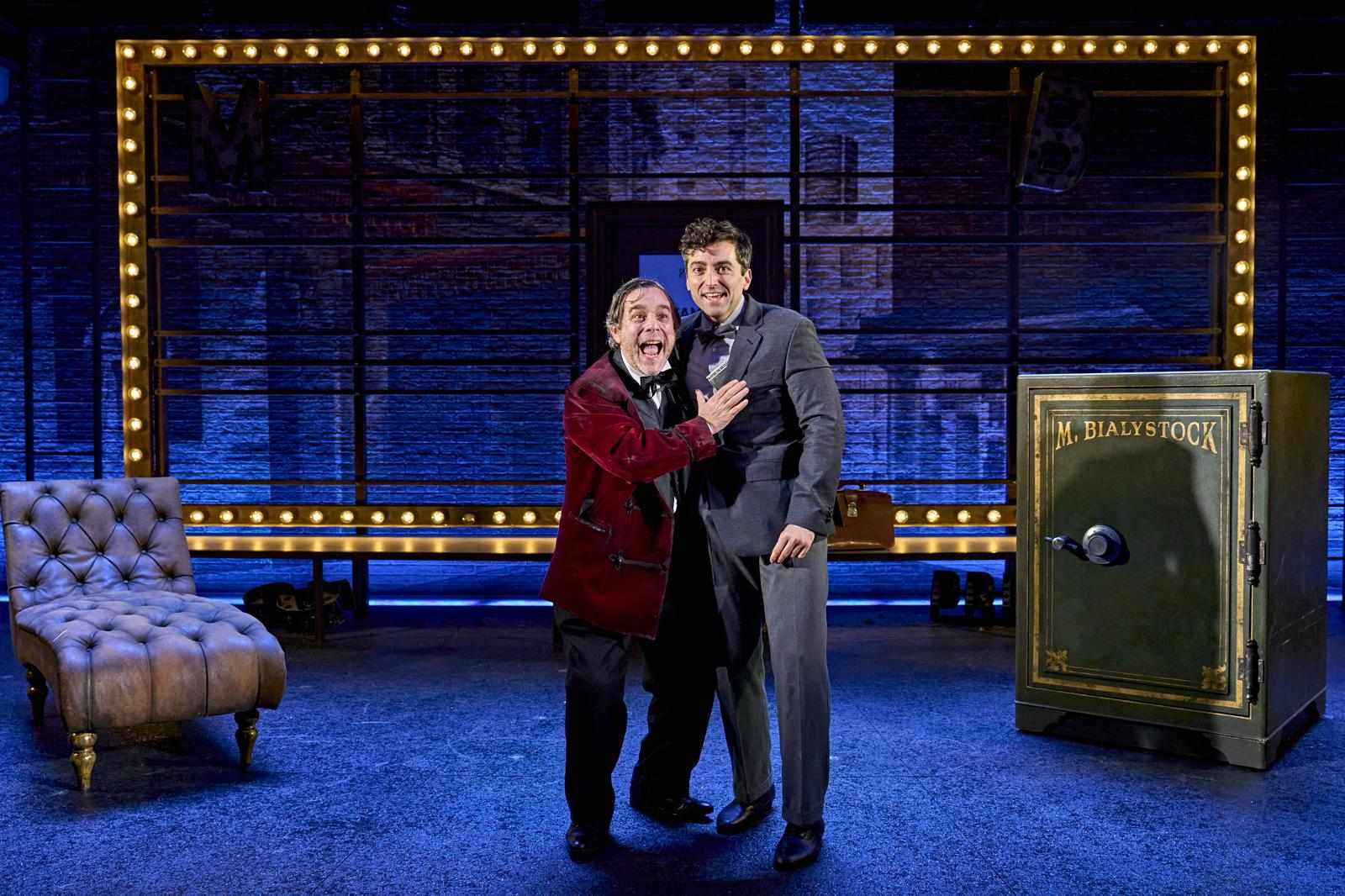
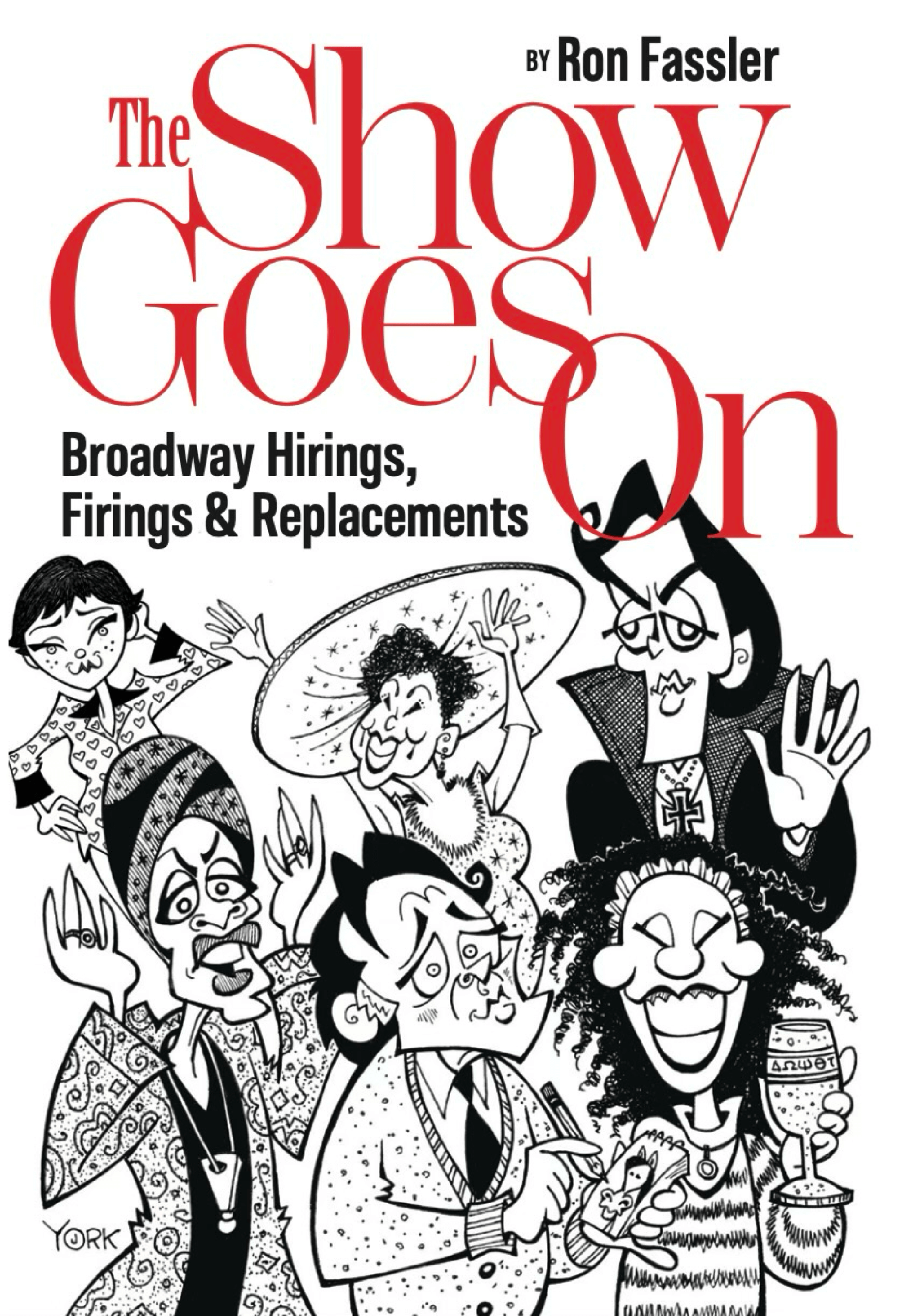

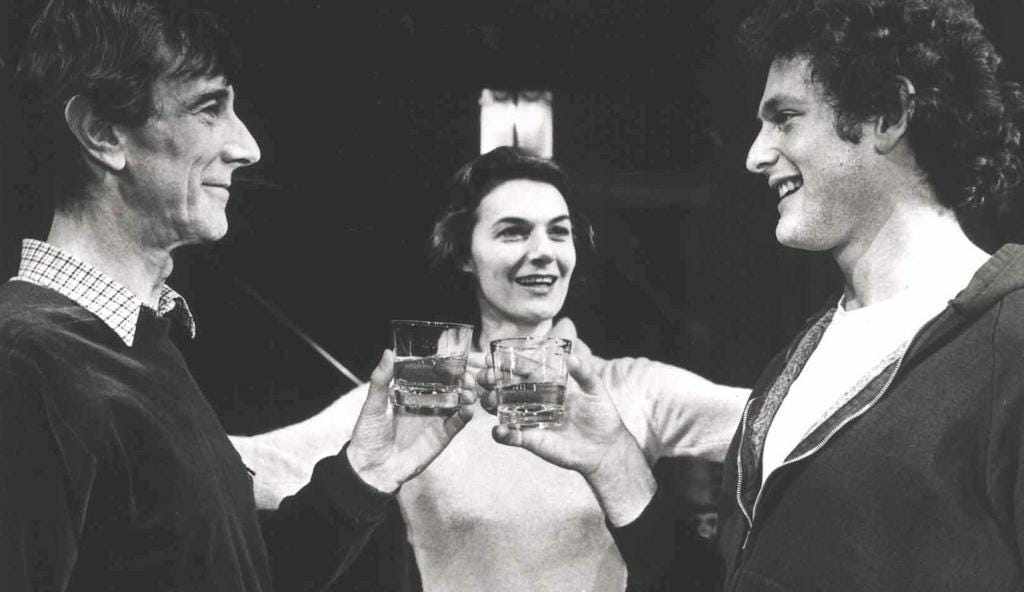





Write a comment ...